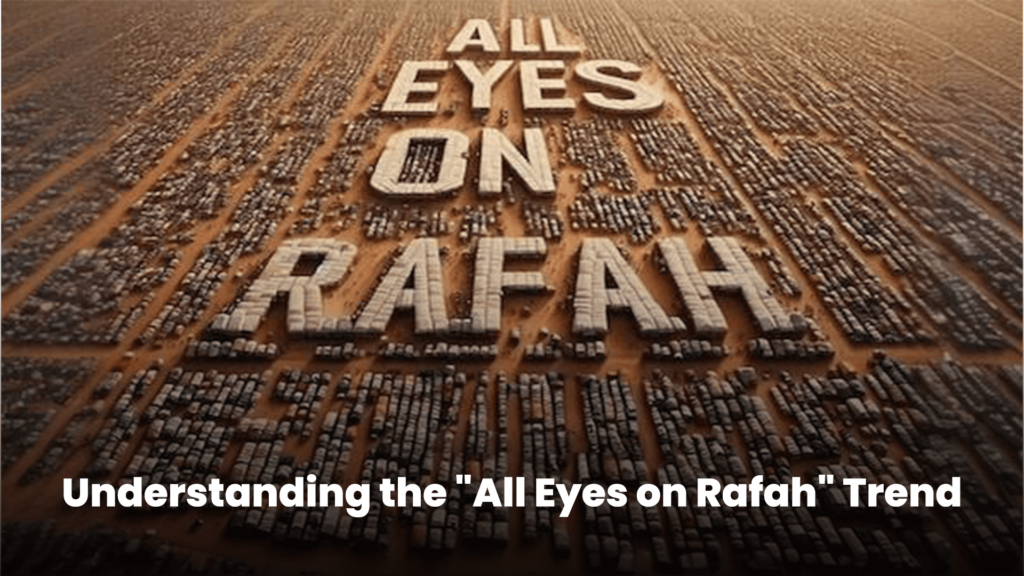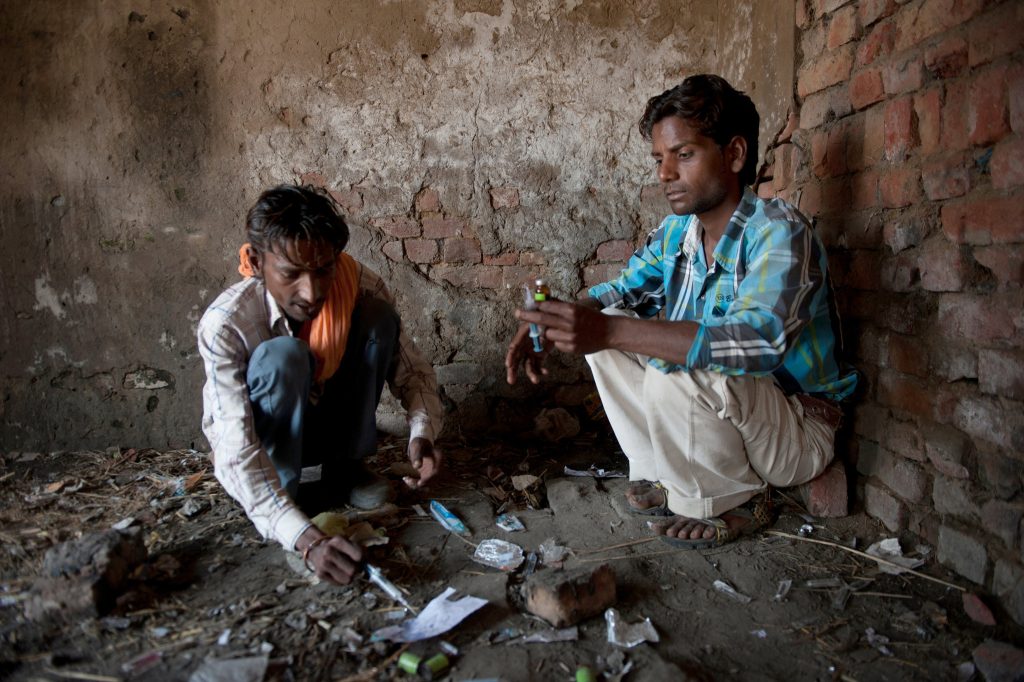The Social Media Phenomenon: Understanding the “All Eyes on Rafah” Trend

In recent days, the phrase “All eyes on Rafah” has become prevalent on social media platforms, reflecting the intense focus on the Rafah region amid the ongoing conflict in Gaza. This trend highlights the complex motivations driving social media behavior, where users share content for various reasons, ranging from raising awareness to maintaining social relevance. Understanding this phenomenon requires exploring several underlying factors: virality and social proof, fear of missing out (FOMO), misinformation and echo chambers, and moral grandstanding.
Virality and Social Proof
One of the primary drivers of the “All eyes on Rafah” trend is virality. In the age of social media, content can spread rapidly across platforms, creating a bandwagon effect. When users see that a particular phrase, image, or hashtag is gaining traction, they are more likely to share it themselves. This behavior is rooted in the psychological principle of social proof, where individuals look to others to determine appropriate behavior, especially in uncertain situations.
In the context of “All eyes on Rafah,” the widespread use of this phrase signifies its importance in the collective consciousness. As more people share it, others feel compelled to join in, even if they do not fully understand the underlying issues. The desire to be part of a larger conversation and to be seen as informed and engaged drives much of this behavior.
FOMO (Fear of Missing Out)
The fear of missing out (FOMO) is another powerful motivator in the social media landscape. Users share trending content to avoid feeling left out of what they perceive as critical discussions. This behavior is not necessarily grounded in a deep understanding of the topic but rather in a desire to be included and recognized within their social networks.
FOMO can lead to the rapid dissemination of content like “All eyes on Rafah,” as individuals strive to participate in the prevailing conversation. The sense of urgency created by trending topics can override the need for thorough understanding, resulting in widespread sharing based on superficial engagement with the issue.
Misinformation and Echo Chambers
Social media algorithms often create echo chambers, where users are primarily exposed to content that aligns with their existing beliefs and interests. These algorithms prioritize engagement, showing users more of what they like and interact with. This can lead to a reinforcement of specific narratives and limited exposure to diverse perspectives.
In the case of the “All eyes on Rafah” trend, echo chambers can amplify particular viewpoints while minimizing exposure to alternative narratives. This can result in a one-dimensional understanding of complex issues. The rapid spread of content within these echo chambers can also contribute to the dissemination of misinformation, as users share content without verifying its accuracy.
Moral Grandstanding
Moral grandstanding involves individuals promoting their social or moral virtues online to enhance their personal reputation. On social media, this often takes the form of sharing content to signal awareness and concern for global issues. Sharing phrases like “All eyes on Rafah” can be a way for users to demonstrate their engagement with current events, even if they lack a comprehensive understanding of the situation.
This behavior is driven by the desire for social validation and approval from one’s online network. By appearing informed and morally aware, users can enhance their social standing. However, this can also lead to performative activism, where the act of sharing becomes more about personal reputation than genuine engagement with the issue.
The Impact of Mass Behavior
While the term “mass hysteria” might seem appropriate to describe the widespread sharing of “All eyes on Rafah,” it is an oversimplification. Mass hysteria, or mass psychogenic illness, typically involves the rapid spread of symptoms or behaviors driven by psychological factors rather than rational basis. The social media phenomenon observed here is better understood through the lens of digital communication and the psychological mechanisms at play.
The widespread sharing of “All eyes on Rafah” exhibits characteristics of collective behavior influenced by social dynamics. It reflects how digital communication can amplify certain narratives and how social media users navigate the complex landscape of online engagement. Understanding these patterns helps to contextualize the behavior and motivations behind sharing such content.
Conclusion
The “All eyes on Rafah” trend on social media is a multifaceted phenomenon shaped by various psychological and social factors, including virality, FOMO, echo chambers, and moral grandstanding. Recognizing these underlying motivations provides insight into why people share content and how social media platforms can influence public discourse. As digital communication continues to evolve, understanding these dynamics is crucial for navigating the complexities of online behavior and its impact on real-world issues.
In a world where social media plays a significant role in shaping perceptions and narratives, being aware of these patterns helps us engage more thoughtfully and critically with the content we encounter. It encourages a deeper reflection on our motivations for sharing and the potential implications of our online actions.













4ss67m